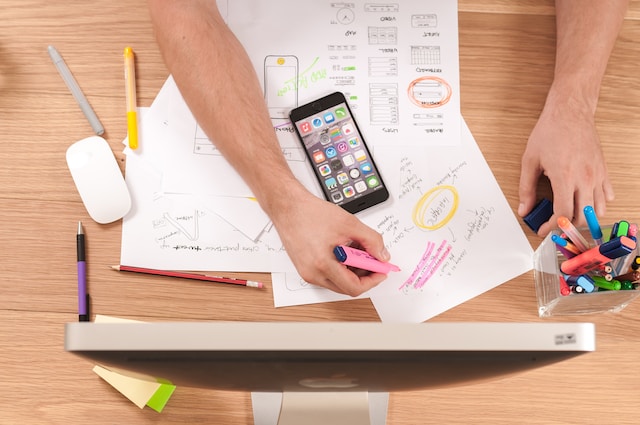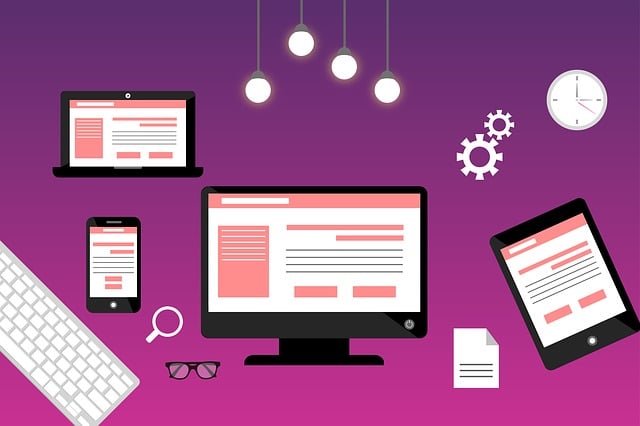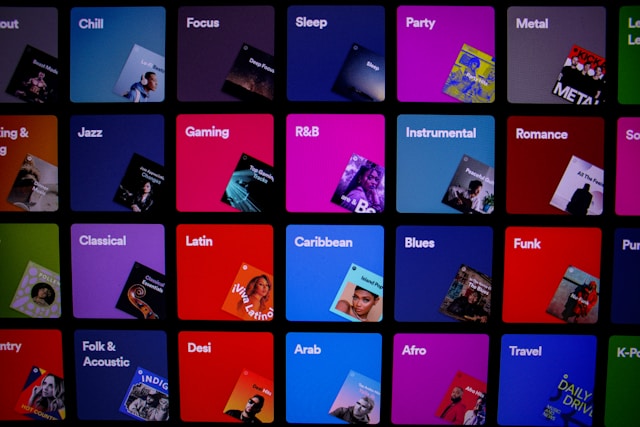Generative AI has changed the world; there’s no doubt about that. With public access to tools like ChatGPT and Google Gemini, anyone can create. In fact, the generative AI market could hit $137 billion by the end of 2024, according to Statista. Midjourney is a popular tool for generating images using the power of AI. However, if you want to get the best out of it, you need to understand Midjourney prompts.
Getting the prompt right can spell the difference between success and failure. But don’t you want to use Midjourney to speed up the design process? Chances are you’ll want to get it right the first time.
Luckily, this Midjourney prompt guide is here to help.
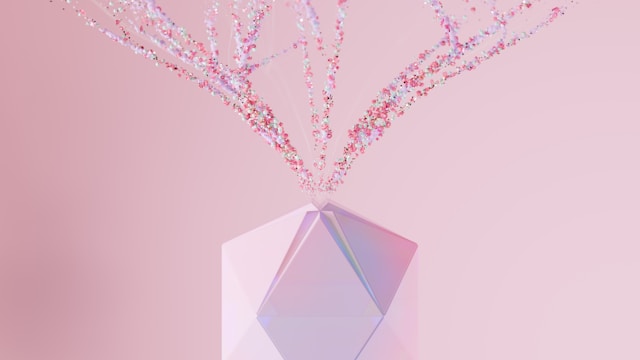
How To Prompt Midjourney
To start with Midjourney, you’ll need a Discord account. That’s because the AI model exists on Discord’s servers. Once you have that, you can start to play around with the AI. You’ll need to start every prompt with a forward slash (/). But first, you need to pick whether you want to use image prompts or text prompts.
Next, you need the basics of how to prompt Midjourney. Here are some basic commands:
- /imagine: Prompts the AI to create a detailed illustration.
- /describe: Prompts the AI to write four example prompts based on an image you upload.
- /shorten: Prompts the AI to make a longer input more concise.
- /tune: Prompts the AI to generate a Style Tuner (style guide) based on your prompt.
Now, if you’re short on ideas, you can use an online Midjourney prompt generator. However, even if you have a clear picture, you can create an amazing prompt.
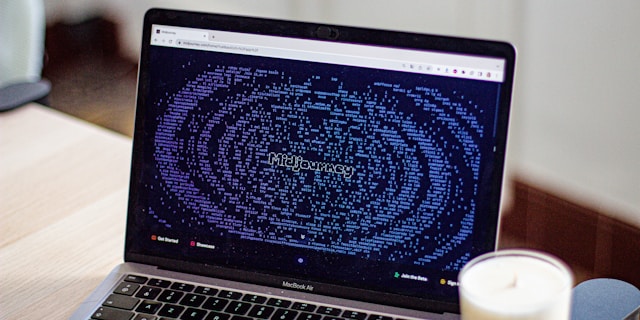
How To Write a Midjourney Prompt
Success with Midjourney relies on writing effective prompts. So, if you want your images to look great, you need to understand how to write a Midjourney prompt and keep your design in mind. Here are some tips:
- Be direct: AI tools respond better to clear, descriptive prompts. Tell it exactly what you want.
- Add detail: If you have specifics in mind, feel free to add these details. Mention colors, atmosphere, and so on.
- Keep it simple: Just because you’re being descriptive doesn’t mean you need to be complex. Keep your language as simple as possible.
- Experiment: Unless you’re specific, Midjourney will create prompts in its default style. However, you can keep experimenting until you find a style you like.
- Use progression: The best way to get results is to keep adding and tweaking. Add a prompt, let the AI generate something, and then prompt it again to make edits.
As you get more comfortable with AI, you’ll eventually reach a point where you can use more advanced prompts. It will get easier with time!
Midjourney Prompts for Different Art Styles
When it comes to Midjourney prompting, it’s best to be specific. You’ll need to tell it what kind of art style you want it to replicate. Fortunately, there are prompts for all artistic styles. Here are some ideas.
1. Futuristic Art
Want to create amazing art of a future civilization that borders on the surreal? These prompts will get you there.
- Galactic bazaar: A vibrant, interstellar marketplace floating in deep space. Alien species from across the universe trade exotic goods. The bazaar features gravity-defying stalls, starship docking bays, and a kaleidoscope of cultures.
- Futuristic cityscape: A sprawling cityscape under perpetual twilight. Neon lights and holographic billboards dominate the skyline. Sleek, hovering vehicles zip through the air lanes between gravity-defying skyscrapers.
- Cybernetic jungle: Imagine a dense rainforest intertwined with technology. Towering trees tangle with bio-luminescent circuits, robotic wildlife roams freely, and indigenous tribes use cybernetic enhancements.
- Quantum desert: An arid desert landscape where shifting sands reveal futuristic structures. Shimmering force fields protect oasis-like cities, and inhabitants use quantum portals for instant travel. Ancient survival techniques merge with cutting-edge science.
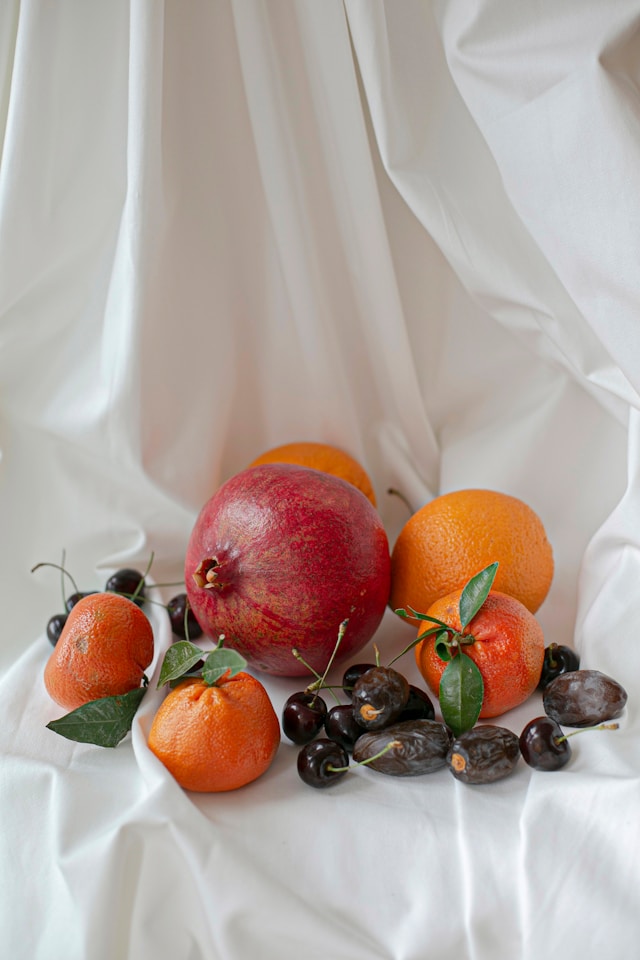
2. Hyper-Realistic Art
Some people want to use AI for realism and stunning visuals for their brand design. That’s highly possible with prompts like the following.
- Urban decay: Imagine a dilapidated city street. Render every crack in the pavement, peeling paint on buildings, and discarded pieces of litter. Evoke a sense of gritty realism and the passage of time.
- Nature’s grandeur: A dense forest at dawn. Meticulously depict every leaf, droplet of dew, and ray of sunlight. The textures of tree bark, the flutter of bird wings, and the subtle movements of small animals create an immersive scene.
- Portrait of time: Create a hyper-realistic elderly person’s face, showing each wrinkle and strand of hair. Each glint in their eye tells a story. The textures of the skin, depth of the gaze, and subtle play of light reveal a lifetime of experiences.
- Market scene: Imagine a bustling marketplace with extraordinary detail. Depict every fruit and vegetable with lifelike accuracy. The diversity of the people, their expressions, and their interactions make the scene feel alive.
3. E-Commerce
AI can be beneficial for business operations. You can use images like this on your e-commerce site design to invoke certain feelings.
- Virtual reality bazaar: Imagine an immersive virtual reality marketplace where users shop in 3D environments. Each store has its own theme, from ancient bazaars with interactive artifacts to modern boutiques with lifelike mannequins. It’s an engaging shopping experience.
- AR street market: A bustling street market where augmented reality brings products to life. Customers use their devices to see holographic displays of goods and try on virtual clothes. It takes place in a dynamic, tech-savvy urban setting.
- Interstellar e-commerce hub: A futuristic space station with a commercial hub. Shoppers navigate zero-gravity aisles filled with exotic products from across the galaxy. They utilize advanced interfaces to customize and preview their purchases.
- Eco-friendly digital mall: Imagine a digital mall centered around sustainability. Each virtual store features eco-friendly products with lush, green designs. They all incorporate living plants and water features. The interface promotes a serene, eco-conscious shopping journey.
4. Historical Art
AI can help artists to reimagine historical scenes. You just need to prompt the AI in the right way!
- Renaissance workshop: Imagine an artist’s workshop during the Renaissance. Depict the master and apprentices working on sculptures and paintings. The scene is filled with classical art supplies and intricate sketches. The warm glow of candlelight illuminates the studio’s detailed frescoes and ornate furniture.
- Ancient Roman Forum: The grandeur of the Roman Forum at its peak. Create a scene with marble columns and dramatic lighting, with statues of Gods and emperors. Every toga, chariot, and piece of architecture features precise detail and historical accuracy, bringing ancient Rome to life.
- Victorian street: Imagine a 19th-century Victorian street, complete with horse-drawn carriages. Elegantly dressed pedestrians pass under gas-lit streetlamps. Detail the ornate facades of the buildings, shop windows, and intricate fashions of the era.
5. Nature
Natural imagery is popularly used in AI art. There are endless prompts you can use here, encompassing different styles, too.
- Mountain wilderness: A rugged mountain range in the style of an oil painting. There are snow-capped peaks and verdant valleys. Show the detailed textures of a rocky cliff, the lush greenery of alpine meadows, and a cascading waterfall. Include wildlife like eagles and mountain goats.
- Enchanted forest: A magical woodland teeming with life. Detail the towering, ancient trees draped in moss, their branches forming a lush canopy. Include vibrant wildflowers, crystal-clear streams, and a variety of woodland creatures.
- Tropical paradise: Imagine a pristine tropical beach with white sand and turquoise waters. Depict palm trees swaying gently in the breeze, vibrant coral reefs visible through the clear water, and colorful birds. The scene is alive with colors and sounds.
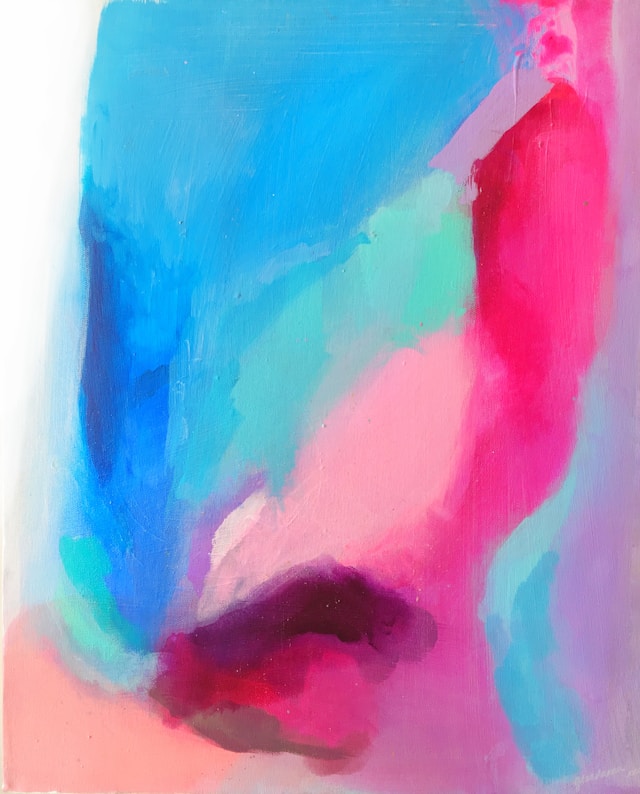
6. Abstract Art
AI can sometimes get even more inventive with styles like abstract art. Try these prompts.
- Geometric symphony: Imagine a vibrant color palette colliding and blending in dynamic patterns. Swirls of neon and bold shapes overlap, creating a sense of motion and energy. Each color transitions smoothly into the next, forming a cosmic explosion.
- Fluid dreams: A scene where liquid forms flow and merge seamlessly. Streams of translucent colors ebb and flow like water, creating organic shapes and intricate patterns. The smooth curves evoke a sense of calm.
- Fractured reality: Imagine a fragmented world where shards of glass-like pieces fit together in an abstract mosaic. Each piece reflects different colors and textures, giving the impression of a shattered mirror.
7. Architectural Design
Creatives in all fields, including architects and city planners, can use AI. Midjourney can help inspire your creations.
- Eco-urban haven: An eco-friendly urban apartment complex. Green roofs and vertical gardens cover the building, while solar panels provide energy. Natural materials like bamboo and reclaimed wood create a warm, inviting atmosphere.
- Modern minimalism: A sleek, minimalist home with clean lines, open spaces, and abundant natural light. The design features a flat roof, large floor-to-ceiling windows, and a harmonious blend of materials like glass, steel, and concrete.
- Neo-gothic skyscraper: Imagine a towering skyscraper inspired by Gothic architecture. The building soars into the sky with pointed arches and intricate stone carvings. The fusion of historical Gothic elements and modern engineering results in captivating visuals.
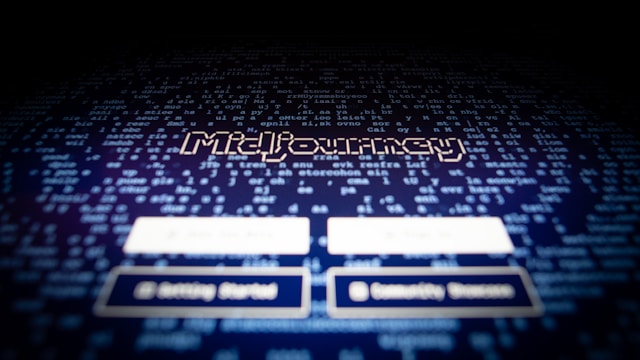
Advanced Midjourney Prompts
If you want to take your Midjourney skills to the next level, there are a few advanced prompts. These include:
- Focused detailing: Instruct the AI to focus on specific details. This prevents blurry or abstract outputs.
- Prompt layering: Issuing multiple prompts in a single command gives the AI more detail. This can lead to more complex images.
- Time-lapse: Start with a broad prompt and slowly refine it with each one that follows. This helps you create your artwork over time, delivering a time-lapse effect.
- Prompt morphing: Begin with one image. Then, gradually shift the prompt until you get something completely new. This creates a stunning animation.
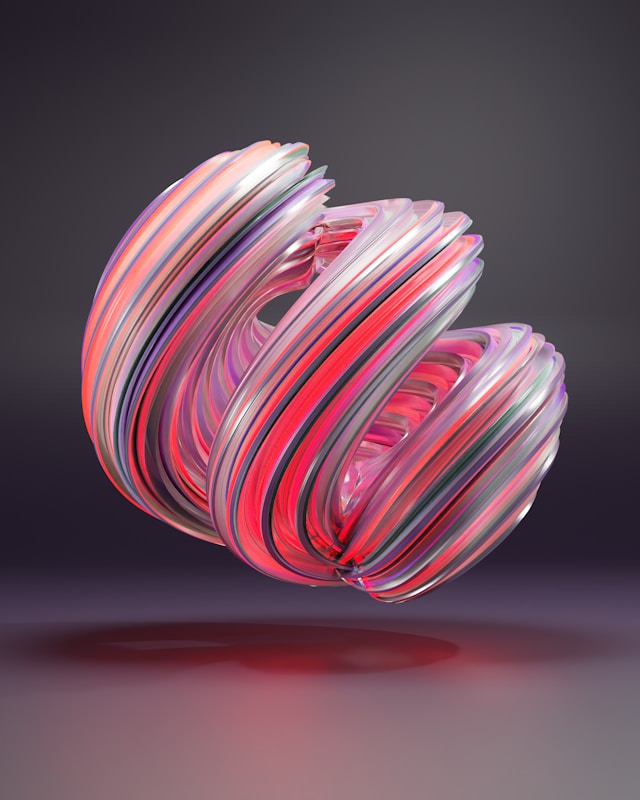
How To Prompt Midjourney With an Image
If you have an image in mind that you like, you can actually use it as a prompt. The process of creating image prompts is quite simple.
Here’s how to prompt Midjourney with an image:
- Load the image prompt section of Midjourney.
- Begin the prompt as usual, typing /imagine.
- When the prompt box appears, drag the image file into the box to add the image URL. Or, paste the link.
It’s as simple as that!
You can keep tweaking and adding prompts until you get something more similar to what you want.
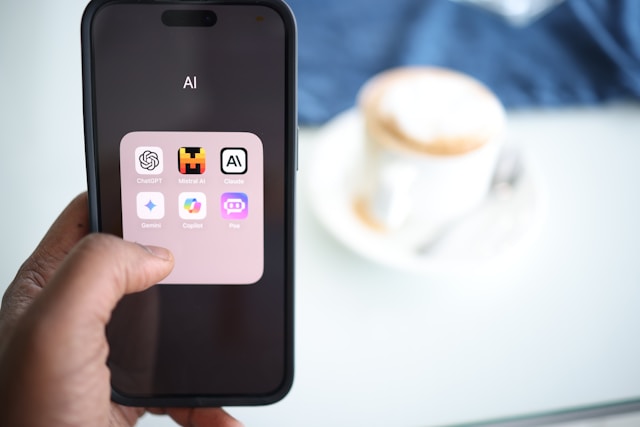
Get Creative With Page Flows
Midjourney makes it easier than ever to create amazing images. But there’s more than one way to be creative. As a graphic designer or UXer, chances are you want more opportunities to flex those creative muscles.
So, put down the Midjourney prompts and pick up Page Flows! Our library of user flow recordings has everything you need to inspire your creativity. Get started today to see what’s possible.



